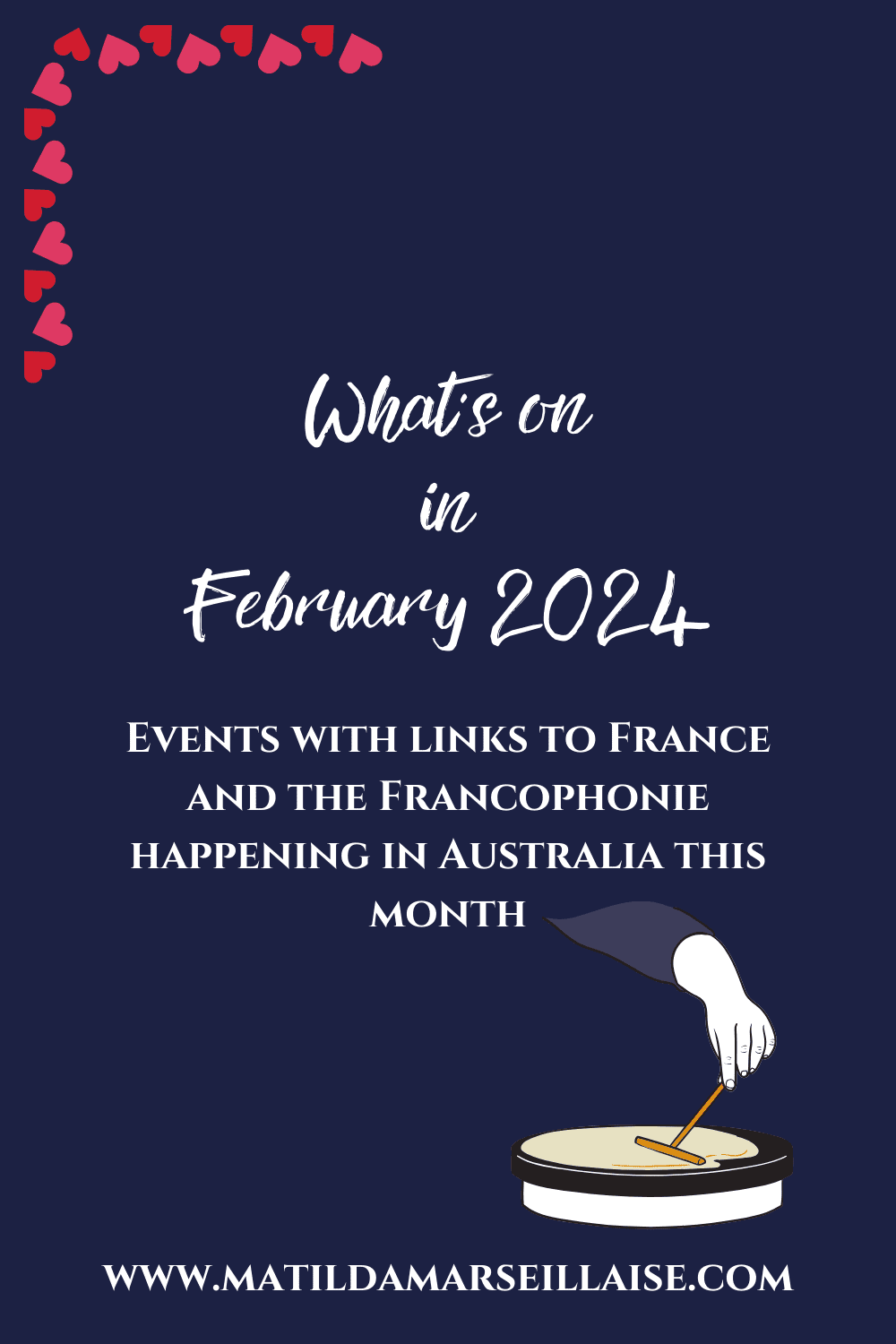Today, 5 March, is Absinthe Day. To celebrate the day, we delve into the history and the controversy surrounding Absinthe as well as sharing some absinthe recommendations from Australian spirits importers.

What is absinthe?
The French word absinthe refers to either the drink but also less commonly to the plant for which it is known and which was said to give it its hallucinogenic properties (wormwood). The word absinthe comes from the Latin abtinthium which comes from the Greek word apsinthion meaning “wormwood”.
Absinthe is a potent green coloured, aniseed flavoured spirit. While global regulations determine what is required to be in whisky, brandy and gin, there are no legal definitions for absinthe, only for the amount of mg/kg thujone, the chemical which naturally occurs in wormwood.
Absinthe Origins
The creation of absinthe as a spirit is credited to Dr Pierre Ordinaire somewhere around 1792. A French Doctor living in Switzerland, Dr Ordinaire prescribed it as an all-purpose remedy to his patients. The recipe is said to have been passed on to the Henriod sisters of Couvet in Switzerland who in turn sold it as a medicinal elixir. Other accounts suggest it was the sister who were making this absinthe before the Dr’s arrival. But the more commonly accepted version is that it was the Dr Ordinaire who invented it.

First absinthe distillery
Major Dubied, using the formula he obtained from these sisters, opened the first absinthe distillery with his son Marcellin and his son-in law Henri-Louis Pernod. He named this Swiss distillery Dubied Père et Fils. In 1805, a second distillery was built by the same men, this time under the name Maison Pernod Fils.
Pernod Fils was one of the most popular brands of absinthe for over a century until its ban in France in 1914.

Absinthe in art circles
By the late 19th century, absinthe was a popular drink in art circles. Apart from being depicted in paintings, some of the artists themselves were quite fond of absinthe.
Painters
Perhaps most famously is Vincent Van Gogh whose ear removal was blamed on absinthe, as was his liberal use of yellow in his works.
Edgar Degas’ painting originally called Dans un cafe (in a cafe) and later simply L’Absinthe was criticised at the time of its release and was hidden away for decades before being publicly viewed again.

Henri de Toulouse-Lautrec was well known for drinking the green muse. He was said to have carried a hollow cane filled with absinthe during late nights in Paris.

Writers
Many writers in Paris popularised absinthe:
- Baudelaire was a keen drinker of absinthe. Absinthe was referenced in his famous poem “Get Drunk“
- Guy de Maupassant refers to “the hour to take absinthe” in his famous prose “A Queer night in Paris”
- Ernest Hemingway wrote of it in “Hills Like White Elephants” and “For whom the bell tolls”
- Poet Arthur Rimbaud was in a homosexual relationship with fellow poet Paul Verlaine and drank quantities of absinthe. Verlaine shot Rimbaud in the hand and went to prison for it.
- Paul Verlaine later blamed absinthe for his downfalls
- Oscar Wilde is cited as saying “What difference is there between a glass of absinthe and a sunset?” and “After the first glass, you see things as you wish they were. After the second, you see things as they are not. Finally, you see things as they really are, and that is the most horrible thing in the world”.
- Alfred Jarry, of Ubu Roi fame credited absinthe as a key part of his creative process, saying he used it to “fuse together the dream and reality, art and lifestyle”.
- Ernest Dawson, an English poet, wrote about absinthe in his poem “Absinthia Taetra”

The controversy and ban
Absinthe got itself a bad reputation, which scientific studies don’t necessarily support. Scientific studies have disproven that the levels of thujone from wormwood that were and are found in absinthe would have caused hallucinations.
In the 1905 Lanfray murders, a Swiss farmer who killed his family had been drinking absinthe as well as considerable quantities of wine and brandy before the killings. Yet it was the 2 glasses of absinthe that were blamed for his murderous behaviour. More than 82,000 people signed a petition after these murders calling for the ban of absinthe, which then led to a referendum on 5 July 1908.
One of the earliest countries to ban absinthe was the Congo Free State in 1988 with it then being banned in The Netherlands in 1909, in Switzerland in 1910, in the United States in 1912, and in France in 1914. Surprisingly, the United Kingdom never banned absinthe!
France’s absinthe prohibition gave rise to the popularity of pastis, being another anise-flavoured spirit but one that did not contain wormwood.
Most of these bans have now been overturned.
ABSINTHE DAY RECOMMENDATIONS
We asked French spirits importers in Australia to share their recommendations for Absinthe Day.
Cerbaco Distribution
Gabriel Chaise, owner of Cerbaco Distribution recommends a number of absinthes for Absinthe Day.
Which absinthe do you recommend?
THE EASY ONES:
FROM DISTILLERIES ET DOMAINES DE PROVENCE – FORCALQUIER – FRANCE

Absente 55% 700ml $75.45 wholesale $83 with GST
Absente (Box) 55% 700ml $77.27 wholesale $85 with GST
Grande Absente (Bitter) 69% 700ml $92.72 wholesale $102 with GST
Grande Absenthe (Box+Spoon) 69% 700ml $97.72 wholesale $107 with GST
MORE DIFFICULT BUT INTERESTING ONES:
FROM THE DISTILLERIE LES FILS D’ÉMILE PERNOT – PONTARLIER – JURA – FRANCE

Bourgeois 55% 500ml $60 wholesale $66 with GST

Deniset Jeune 56% 500ml $71.82 wholesale $79 with GST

Berthe de Joux (Green) 56% 700ml $94.55 wholesale $104 with GST

Cousin Jeune (White) 65% 700ml $99.09 wholesale $109 with GST

Authentique (Green) 65% 700ml $88.18 wholesale $97 with GST
Do French absinthes contain wormwood? Yes, all of them.
How do you drink it? Straight, straight on ice, with water, with water from the absinthe fountain.
What would you serve with the absinthe? With the easy ones, everything that you associated with Pastis and with the more difficult ones, what you associate with vodkas, gin, Aquavit, smoked/raw fish and red meats, cheeses ….
Cocktail recipes
https://www.distilleries-provence.com/en/blog/cocktail-c8
https://www.distilleries-provence.com/en/blog/recettes-c2
Mind Spirits
Mikael Gillard of Mind Spirits recommends that you take the Absinthe route between France and Switzerland for Absinthe Day.
It’s important to go to Pontarlier, the Absinthe captial of the world. They had more than a 100 absinthe producers in 1900.

It was a popular and inebriating alcohol. It was banned in 1915 but came back in 2011 with a limit of the levels of thujone.
I recommend the absinthe Bourgeois. It’s an affordable offering with a slight bitterness. It’s appreciated by everyone.
To serve with an absinthe fountain, with cold water.

Recommended Cocktail: Corpse Reviver no 2.

It’s an absinthe that I chose for Cerbaco Distribution at the time.
—
Have you ever tried absinthe? Did you like it? Happy Absinthe Day!
If you like French spirits, you may also enjoy these articles:
Mikael Gillard speaks to us about French Spirits: Armagnac, Calvados and Cognac
Discover French cocktails for World Bartenders Day
It’s International Crème de Menthe day today!
International Vodka Day is this Sunday! Find out about French vodka
Drink cognac because it’s International Cognac Day today!





